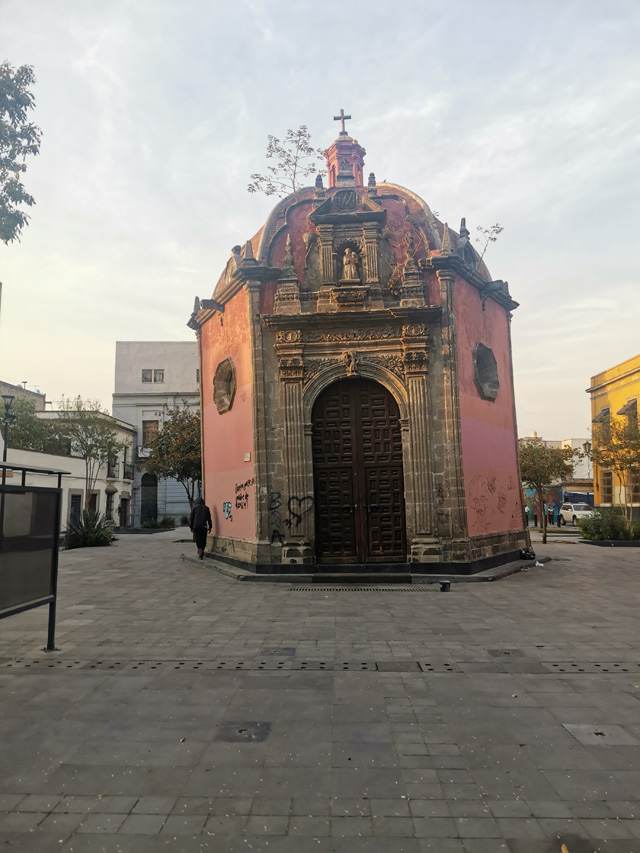20 April 2022–Small seismic waves generated by urban activity in Mexico City offer a glimpse at how subsiding soils may be speeding up the seismic waves that travel in the shallow layers beneath the city.
As groundwater is extracted from beneath the city, the lakebed soils and clays that support the city have become more compacted over time. In some places in the Mexico City basin, increased subsidence is correlated with increases in near-surface shear wave velocity, according to a presentation at the Seismological Society of America’s Annual Meeting.
Seismologists are interested in these changes in part because of their potential effects on building stability during an earthquake. When ground motion frequency matches the resonance of a building (its natural period of back-and-forth sway), the oscillations caused by an earthquake are at their most damaging.
“One reason why the 1985 Michoacan earthquake was so destructive in Mexico City is that the soft sediment started to resonate at periods of a few seconds, which matches the resonance periods of tall buildings. If shear wave velocity in the basin increases, it will reduce the resonance periods, for example, from 2.5 to 2 seconds,” explained Laura Ermert of the University of Washington.
“In practical terms, it means that in an earthquake like the 1985 event, shorter buildings could be more badly affected today than were affected back then,” she added.

In a collaboration between the National Autonomous University of Mexico and the University of Washington, Ermert and her colleagues used ambient seismic data from human activity in the city—such as the rumblings of road and rail line traffic—to monitor changes in seismic velocity around the Mexico City Basin in time series spanning 15 months to 25 years.
“Ambient noise is a great source of information because it’s free, non-invasive and it can potentially give us information every few days to weeks,” Ermert said. “It’s a good complement to geodetic data. Geodetic data gives us high-resolution information straight from the surface, whereas ambient noise gives us integrated sensitivity to what happens at some depth.”
The researchers found a long-term velocity increase at stations in and near the lake clay deposits that are compacting as groundwater is withdrawn from below the city. As pore pressure in the sediments drops, the sediments become more stiff and seismic waves can pass through them more quickly.
Ermert said the team hopes to investigate this relationship of subsidence and velocity increase in more spatial detail around the basin, because not every part of the basin shows a similar pattern. “For instance, the largest velocity increase rate we observed was in an area that subsides at less than the peak subsidence rate.”
They also uncovered seasonal variation in velocity as well as velocity changes that were influenced by the 2017 magnitude 7.1 Puebla earthquake and the 2020 magnitude 7.4 earthquake near Oaxaca.
Ermert and her colleagues were also surprised to find variability in velocity changes that were measured by different “directions” (east-west, north-south, up-down) of the seismic stations. “For example, seasonal variation of the velocity caused by precipitation and temperature changes would be more visible on the north than the east component,” she explained. “This may be related to complex wave propagation effects of the basin.”
